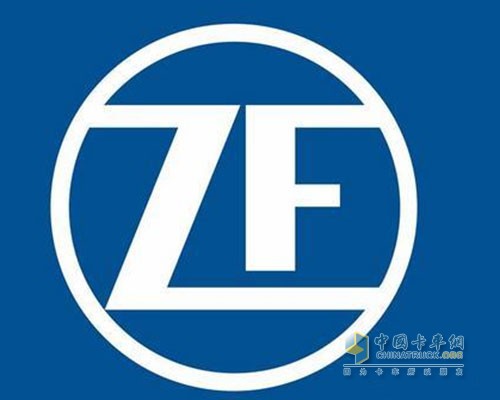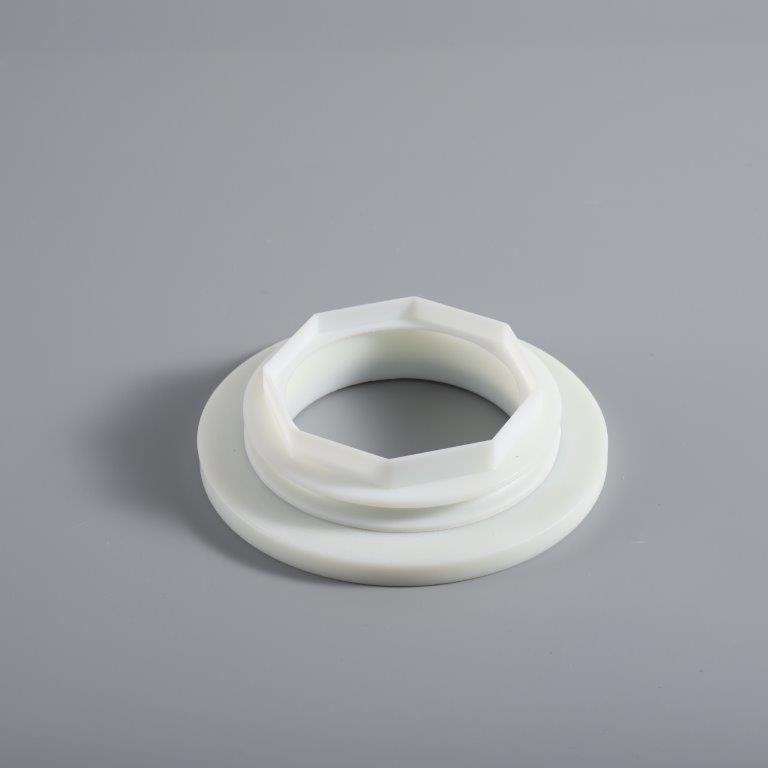 ZF
ZF It is reported that ZF Group will acquire Haldex with a stock value of approximately EUR 460 million at the price of SEK 100 per share. Haldex's board of directors has announced acceptance of ZF's offer.
Haldex focuses on the development and manufacture of brake systems for commercial vehicles, which just make up for the lack of ZF commercial vehicle brake system product lines. The acquisition is of great significance to ZF - the German auto parts giant will be able to effectively apply the fuel efficiency solutions, autonomous driving technology and safety systems of passenger vehicles to the commercial vehicle sector. This will increase the overall level of traffic safety.
ZF Chairman of the Board Stefan Sommer said: "We firmly believe that our company will do its utmost for the interests of shareholders. Haldex's position in the truck market will be further strengthened after being acquired by us. Haldex will use ZF's technological advantages, Global resident and customer relationships to enhance their global competitiveness, management capabilities and staffing levels.â€
Haldex board member and spokesperson Magnus Johansson also believes that the company’s vision will be even better after working with ZF: “ZF is highly competitive in electronics and software R&D, and its factories, R&D centers and customer relationships are all over the world. This will provide Haldex with tremendous growth potential. Haldex will continue to develop new braking systems and expand existing product lines."
The acquisition was subject to certain restrictions, including the need to purchase 90% of Haldex's liquidity shares and approval from the European Antitrust Division. It is reported that if it is successful, this transaction will be approved by relevant departments in a short period of time.
SLA, also known as vat photopolymerization, is a method of creating 3D objects using a light-emitting device (laser or digital light processing) that illuminates and cures a liquid photopolymer resin (thermosetting plastic) layer by layer. SLA has the ability to produce fine features and provide good surface finish with minimum stair stepping effect. Several photopolymer resins can be utilized with SLA: standard (rigid, opaque), castable, and clear, as well as flexible, high temperature, and dental, among others. High-fidelity rapid prototypes for testing, verification, and design of aeroelastic airfoils have been produced with low-stiffness resins, where model similarity between prototypes was highly desired. Cabin accessories such as console control parts with functional knobs as well as full size panels, seat backs, and entry doors have been produced with SLA standard resin. Castable and high-temperature SLA resins are used to fabricate mold patterns (indirect rapid tooling) and injection molds (direct rapid tooling), respectively. Prototypes of highly-detailed, fully transparent aircraft headlights are produced with SLA clear resins.
Advantage of SLA printing
High level of details
If you need accuracy, SLA is the additive manufacturing process you need to create highly detailed prototypes
Various applications
From automotive to consumer products, many companies are using Stereolithography for rapid prototyping
Design freedom
Design-driven manufacturing allows you to produce complex geometries
Several rapid prototype samples can be made from us ,such as gear, cup holder, juice machine accessory components ,many materials such as abs, Nylon 11,Nylon 12, silicon and other materials. We have enough capacities to support you whatever small or big volume demand. Rapid prototype parts for the quick function check, and different strength component verification. Please contact us to let us know your request.

3D Stereolithography,Stereolithography 3D Printing Service,Sla 3D Printing Service,Stereolithography 3D Printing
Suzhou FCE precision electronics Co., LTD , https://www.sjfukeyifcesz.com